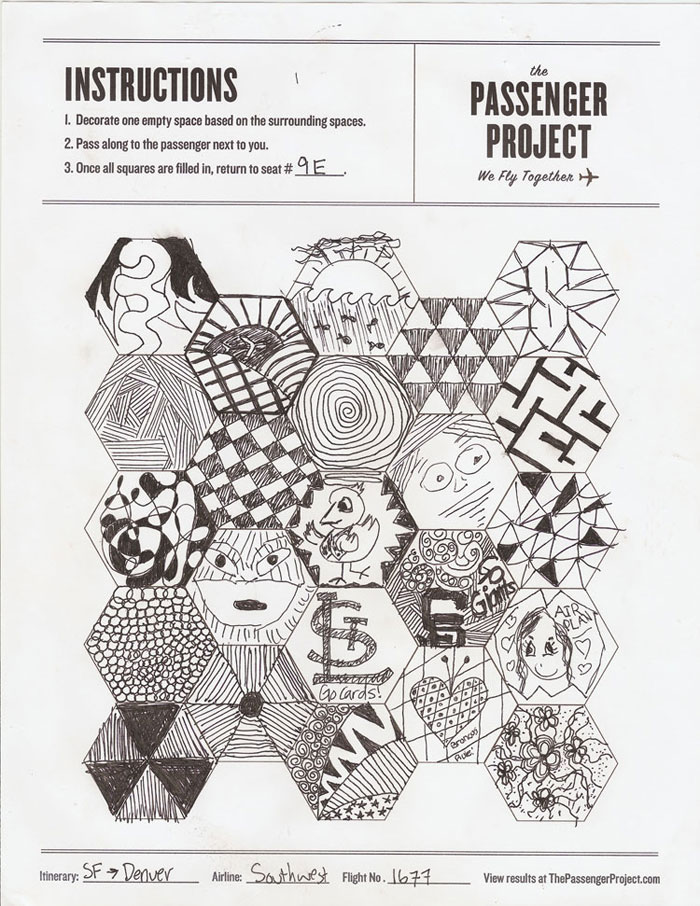Creating excuses for community
There’s a small screen in the elevator at my office that cycles through news headlines and ads. The system is called Captivate—a fitting name for the most captive audience I can imagine. Every so often, the little screen sparks a brief conversation between strangers. Maybe it’s a shocking photo from the California fires or another unbelievable quote from the president. Recently, I realized that this elevator system is a useful little model for thinking about the relationship between media and the public. It’s a simple, lab-like environment that helps us better understand what the news does to us and how it changes the way we relate to one another.

Why do we read the news? Some people say they want to stay informed. The more honest among us say they want to stay entertained. What I’ve learned in the elevator is that people read the news so that they have an excuse to relate to one another. Most elevator rides are awkward. Silence is the default. Conversations need a raison d'être, a reason to exist. You’re not supposed to ask a stranger how their day is going while you wait for your floor. But the tiny TV screen subtly changes the elevator’s implicitly agreed upon social norms. It creates a temporary shared context that gives people an excuse to connect.
I find it bizarre and surprising that this effect is so reliable. “Strangers” in an office environment are not really strangers at all. They have plenty of shared context and things they might talk about. In theory, they shouldn’t need any additional excuses to strike up a conversation. And yet, they do. Not all news stories do the trick. The more salacious, the better. When the Captivate system displays something particularly controversial or funny or surprising, it feels weird not to say something. The experience of reading something crazy at the same time as the strangers next to you turns the social status quo on its head.
It’s not difficult to zoom out and imagine how this scales in the real world. The news gives our local and national conversations a reason to exist. It’s not just something to talk about, but an excuse to start talking in the first place. In his article A Cultural Approach to Communication, James Carey writes about different ways of understanding the newspaper. Traditionally, he says, we’ve thought about it as a medium for the transmission of information. But this mental model is misguided. He advocates for what he calls a “ritual view” of communication:
[We should] view reading a newspaper less as sending or gaining information and more as attending a mass, a situation in which nothing new is learned but in which a particular view of the world is portrayed and confirmed … The model here is not that of information acquisition, though such acquisition occurs, but of dramatic action in which the reader joins a world of contending forces as an observer at a play.
In light of Carey’s commentary, I’ve taken to thinking of my elevator ride as a watered-down, miniature mass. The Captivate screen is the sermon to which we we all pay attention, if only for a few moments. It infuses our space with a little bit of meaning and prompts us to come together in fellowship. A poor imitation of the real deal, but an interesting one nonetheless.
If a tiny TV screen can transform the social dynamics of an elevator, I wonder what other “excuses to relate” we might dream up for our public spaces. I’m reminded of (1) Ivan Cash’s Passenger Project—a social experiment designed to bring more curiosity and connectedness to the flying experience; and (2) The Fun Theory’s public art projects. Send me a note if you know of any others.
